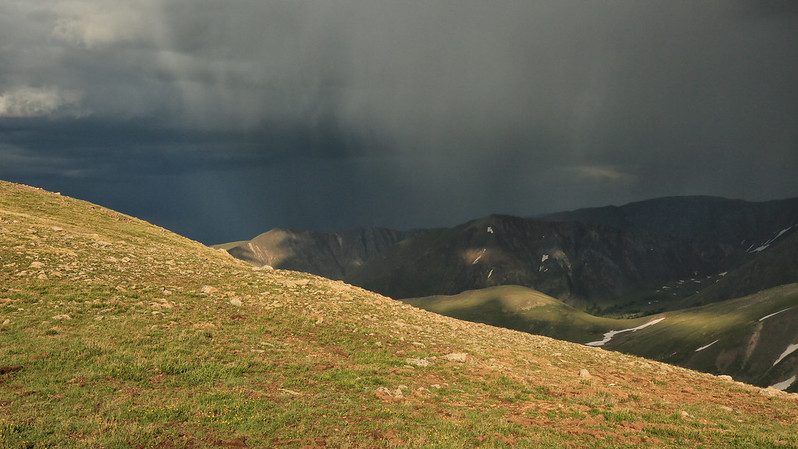Forecasting Rivers in the Sky: An Overview of Atmospheric Rivers

This semester, the SE CASC Global Change Fellows have worked to create science expert videos that communicate the state of the science of various landscape conservation challenges related to global change in the southeastern United States. Students chose a topic of interest, interviewed an expert in the field, and created an informative video and blog post to share what they learned. The following video and summary were created by SE CASC Global Change Fellow, Greta Easthom.
Forecasting Rivers in the Sky: Rising Temperatures Could Intensify West Coast Rainfall
Written by: Greta Easthom
Interviewee: Dr. Gary Lackmann (Professor, Department of Marine, Earth and Atmospheric Sciences, NC State University)
As temperatures rise, so does the atmospheric water vapor content. This relationship can convey intensifying rainfall via a mechanism called an atmospheric river: a narrow, elongated plume of moisture that extends poleward from the tropics and deposits copious rainfall predominantly along the West Coast (although atmospheric rivers occur in many midlatitude locations). These systems are the dominant cause of flooding in the West, but they also provide the region with 25-50% of its rainfall, which is of notable significance given the recent droughts. My advisor, Dr. Gary Lackmann, has been studying moisture transport for the past thirty years, although not always under the classification of an atmospheric river. Throughout his past research, Dr. Lackmann has examined the interrelated components of extreme storm systems (with climate change.) For instance, he has proven that ~40 percent of the moisture transport is attributable to a fast current of air called the lower-level jet (LLJ) (Marciano and Lackmann, 2017).
Dr. Lackmann and I have wondered if there are other features we can rely on as proxies as better predictors of atmospheric rivers, since forecasting the timing of condensation and its location is one of the hardest tasks a meteorologist can undertake. In conjunction with the Southeast Climate Adaptation Science Center and the Center for Western Weather and Water Extremes (CW3E), which was started at Scripps nearly a decade ago by Dr. Marty Ralph, we are answering the following research questions via in-situ aircraft observations, reanalysis data, and model simulations:
Research Questions:
- To what extent will atmospheric rivers intensify in a warming climate and what features can we use to better forecast these systems? Dr. Lackmann and I hypothesize that an atmospheric variable called potential vorticity, the product of “spin” and the stability of the air (how readily air can move vertically), is a good proxy for these systems. Large potential vorticity drives the low-level jet mentioned above.
- Potential vorticity contributes to a positive feedback loop in the development of atmospheric rivers wherein condensation releases latent heat which in turn increases potential vorticity and strengthens the low-level jet, thereby leading to still more condensational heating and moisture transport.
- How can we improve model forecasts and lead-times of atmospheric river events? Observations help nudge the models toward more realistic conditions but longer-range forecasts could still use improvement and are less aided by current observations. The best way to approach this is examining where reforecasts (basically historical forecasts run with a new weather model) don’t match up with reanalyses (which are close to the observed state of the atmosphere).
Summary:
Improving the forecast lead-time and identifying key variables and features will help atmospheric scientists work in conjunction with policy-makers and water resource managers to determine when enhanced rainfall will take place. This will be helpful to water managers and other stakeholders in the western U.S. especially during droughts, and when the public will need advance warning of mudslides and flooding. These hazards are likely to be exacerbated in a warming climate.
Resource List
- Categories:
